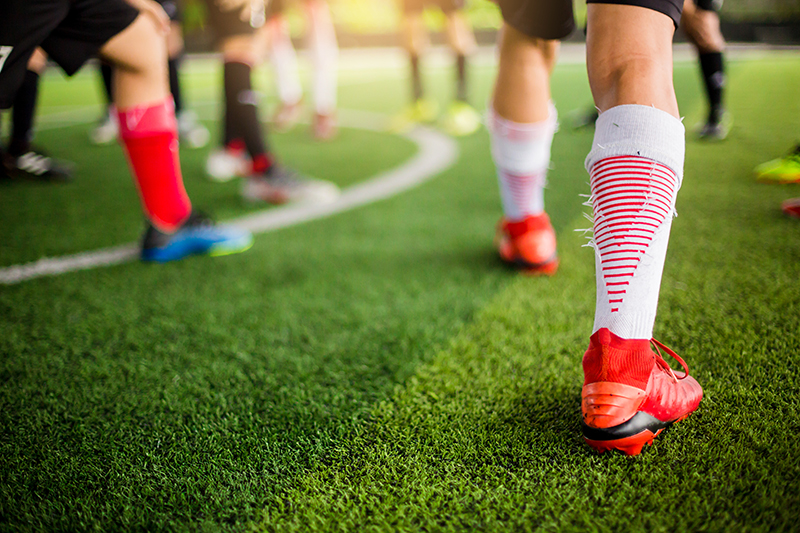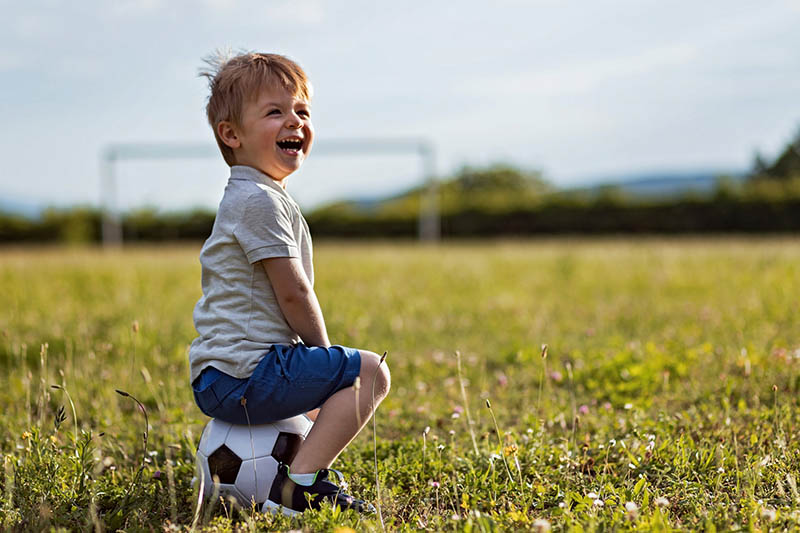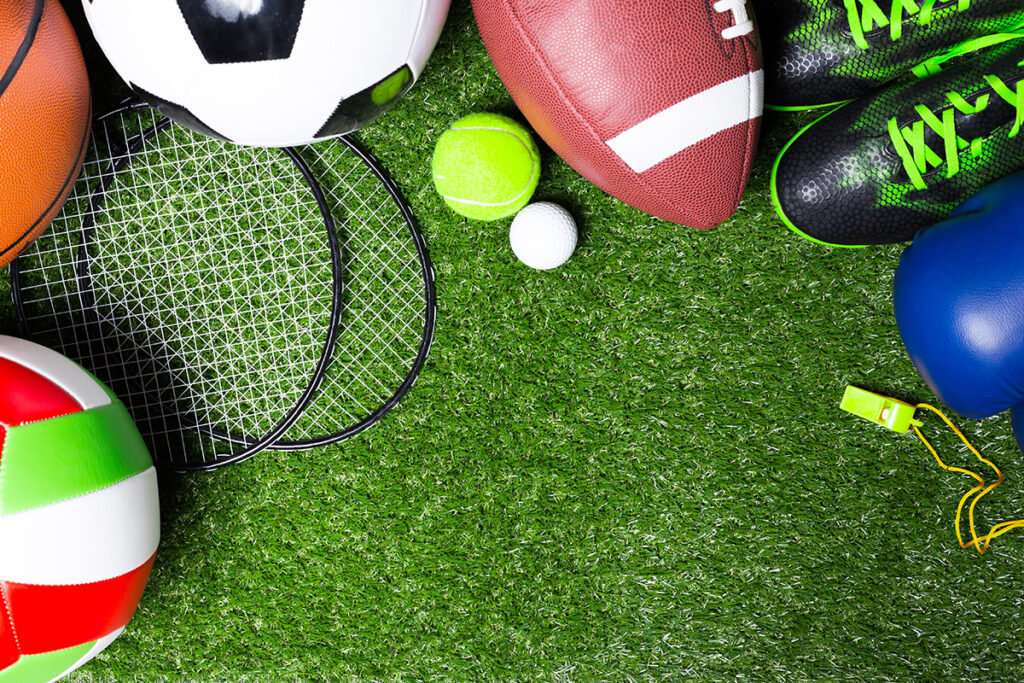As new parents, receiving a clubfoot diagnosis for your child can be confusing and lead to many questions. From treatment options to the impact it may have on your child’s life, there are many considerations caregivers must make. Understanding what contributes to clubfoot, and knowing what, if any, additional conditions are linked to the diagnosis will help create peace of mind and help you and your doctor build a proper care plan.
What is Clubfoot and How is it Diagnosed?
Clubfoot, or talipes equinovarus, is a congenital birth defect where a child’s foot or feet are turned inward or downward. It can affect one or both legs and is often present at birth, making early diagnosis critical. Pediatric orthopedic specialists can typically diagnose the condition at birth through a physical exam, sometimes using prenatal ultrasound for early detection. X-rays may also be used to assess the severity of the deformity and confirm the diagnosis.
If your baby is born with clubfoot, it’s important to begin treatment as soon as possible. While the condition may seem overwhelming, the good news is that clubfoot is treatable, and most children can go on to lead healthy, active lives with appropriate intervention.
Common Conditions Associated with Clubfoot
Clubfoot is most commonly isolated, meaning it occurs without being linked to other health issues. However, in some cases, clubfoot can be associated with other conditions:
- Neuromuscular disorders like cerebral palsy or spina bifida can increase the risk of clubfoot. These conditions affect the nerves and muscles, which can influence the development of the feet.
- Genetic syndromes, such as trisomy 18, may also be linked to clubfoot. In these cases, the condition can be part of a broader spectrum of congenital abnormalities.
- Other birth defects can sometimes co-occur with clubfoot. For instance, children with congenital scoliosis, a spinal deformity, may also experience issues with foot positioning, including clubfoot.
Genetic and Environmental Factors Contributing to Clubfoot
The precise cause of clubfoot remains unclear, but both genetic and environmental factors are believed to play a role. If there’s a family history of clubfoot, the likelihood of it occurring in a child increases. Genetic mutations may affect the development of tendons and bones in the feet, contributing to the condition.
Environmental factors can also impact the development of clubfoot. These include maternal smoking, drug use during pregnancy, and conditions such as low amniotic fluid or advanced maternal age. While these factors may increase the risk, they don’t guarantee the condition will occur.
Long-Term Effects of Untreated Clubfoot
If left untreated, clubfoot can lead to several long-term complications, including:
- Difficulty walking: The foot may remain in a position that makes it challenging to bear weight properly, leading to an abnormal gait.
- Reduced mobility: The affected leg may become weaker, and the child may experience stiffness in the ankle and foot joints, limiting their ability to engage in physical activities.
- Cosmetic concerns: The appearance of the foot may remain visibly abnormal if the condition is not addressed in infancy.
Untreated clubfoot can also impact the calf muscles, which may be underdeveloped or slightly smaller than those of the unaffected leg. In severe cases, it can also lead to a slightly shorter leg, affecting the overall alignment and function of the lower limbs.
Treatment Options and Management Strategies for Clubfoot
Fortunately, the treatment for clubfoot is highly effective, especially when initiated early. The most widely used method for non-surgical correction is the Ponseti method. This technique involves gently manipulating the foot into the correct position and casting it in a series of steps. The process can take several weeks, with the casts being replaced weekly to gradually stretch the affected tissues.
In some cases, a minor procedure to lengthen the Achilles tendon may be necessary to fully correct the deformity. Once the foot is properly aligned, children typically need to wear the brace at night until around the age of four to prevent the condition from returning. This helps maintain the corrected foot position.
For more severe cases or if non-surgical methods fail, surgical intervention may be required to realign the bones and tendons.
Request an Appointment
If your baby is born with clubfoot, or if you’re concerned about their foot position, we encourage you to schedule a consultation with one of our pediatric orthopedic specialists. At The Pediatric Orthopedic Center, we are committed to providing the best care for children with clubfoot, using the Ponseti method and other proven techniques.
Our team is ready to support you and your child through the journey to achieving a corrected, functional foot and ensuring a bright future. Request an appointment today!



